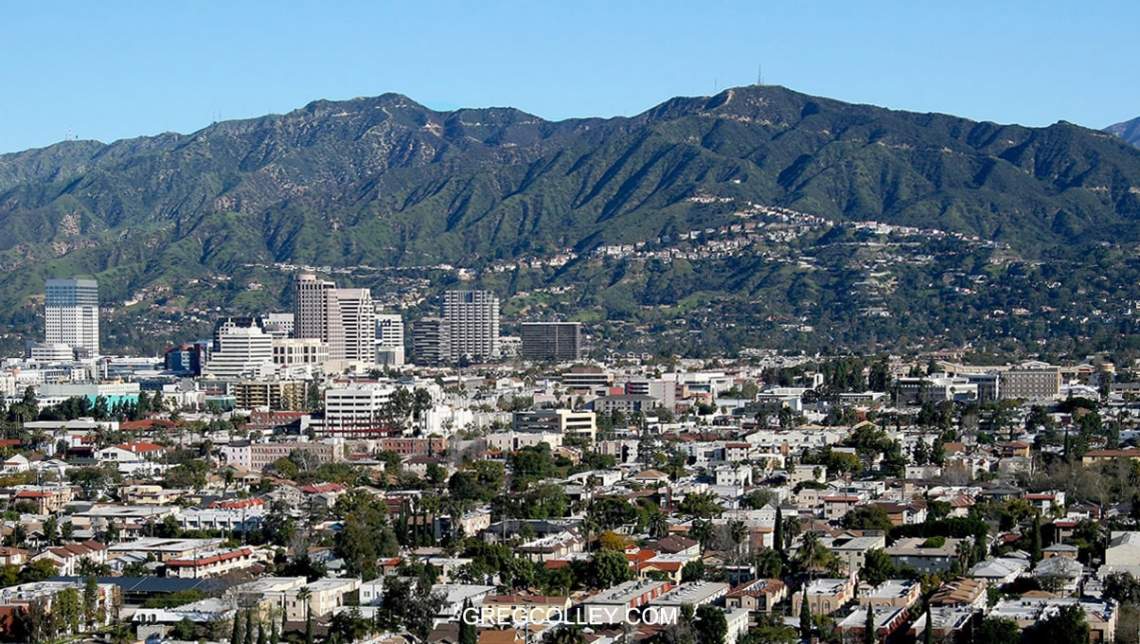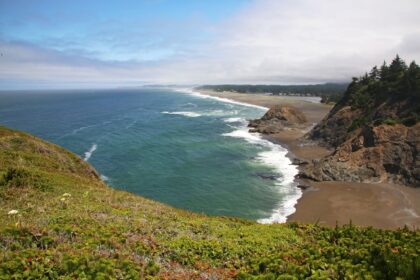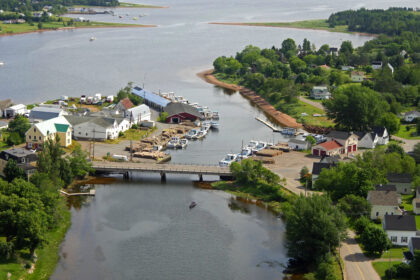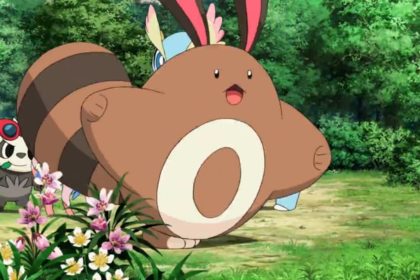Glendale is a city in the San Fernando Valley and Verdugo Mountains regions of Los Angeles County, California. Take a look below for 20 interesting and fun facts about Glendale, California, United States.
1. As of the 2020 U.S. Census the population was 196,543, up from 191,719 as of the 2010 census, making it the fourth-largest city in Los Angeles County and the 24th-largest city in California.
2. It is located about 10 miles (16 km) north of downtown Los Angeles.
3. Glendale lies in the Verdugo Mountains, and is a suburb in the Los Angeles metropolitan area.
4. The city is bordered to the northwest by the Sun Valley and Tujunga neighborhoods of Los Angeles; to the northeast by La Cañada Flintridge and the unincorporated area of La Crescenta; to the west by Burbank and Griffith Park; to the east by Eagle Rock and Pasadena; to the south by the Atwater Village neighborhood of Los Angeles; and to the southeast by Glassell Park neighborhood of Los Angeles.
5. The Golden State, Ventura, Glendale, and Foothill freeways run through the city.
6. The area was long inhabited by the Tongva people (or “People of the Earth”), who were later renamed the Gabrieleños by the Spanish missionaries, after the nearby Mission San Gabriel Arcángel.
7. In 1798, José María Verdugo, a corporal in the Spanish army from Baja California, received the Rancho San Rafael from Governor Diego de Borica, formalizing his possession and use of land on which he had been grazing livestock and farming since 1784.
8. Rancho San Rafael was a Spanish concession, of which 25 were made in California. Unlike the later Mexican land grants, the concessions were similar to grazing permits, with the title remaining with the Spanish crown.
9. In 1860, his grandson Teodoro Verdugo built the Catalina Verdugo Adobe, which is the oldest building in Glendale.
10. The property is the location of the Oak of Peace, where early Californio leaders including Pio Pico met in 1847 and decided to surrender to Lieutenant Colonel John C. Frémont.
11. Verdugo’s descendants sold the ranch in various parcels, some of which are included in present-day Atwater Village, Eagle Rock, and Highland Park neighborhoods of Los Angeles.
12. In 1884, residents gathered to form a townsite and chose the name “Glendale”.
13. It was bounded by First Street (now Lexington Drive) on the north, Fifth Street (now Harvard Street) on the south, Central Avenue on the west, and the Childs Tract on the east.
14. Residents to the southwest formed “Tropico” in 1887.
15. The Pacific Electric Railway brought streetcar service in 1904.
16. Glendale incorporated in 1906, and annexed Tropico 12 years later. An important civic booster of the era was Leslie Coombs Brand (1859–1925), who built an estate in 1904 called El Miradero, featuring an eye-catching mansion, the architecture of which combined characteristics of Spanish, Moorish, and Indian styles, copied from the East Indian Pavilion at the 1893 World’s Columbian Exposition held in Chicago, which he visited.
17. Brand loved to fly, and built a private airstrip in 1919 and hosted “fly-in” parties, providing a direct link to the soon-to-be-built nearby Grand Central Airport. The grounds of El Miradero are now city-owned Brand Park and the mansion is the Brand Library, according to the terms of his will.
18. Brand partnered with Henry E. Huntington to bring the Pacific Electric Railway, or the “Red Cars”, to the area. Today, he is memorialized by one of the city’s main thoroughfares, Brand Boulevard.
19. The city’s population rose from 13,756 in 1920 to 62,736 in 1930. The Forest Lawn Cemetery opened in 1906 and was renamed Forest Lawn Memorial-Park in 1917.
20. Pioneering endocrinologist and entrepreneur Henry R. Harrower opened his clinic in Glendale in 1920, which for many years was the largest business in the city. The American Green Cross, an early conservation and tree preservation society, was formed in 1926 (it disbanded three years later and the current organization of that name is unrelated).




